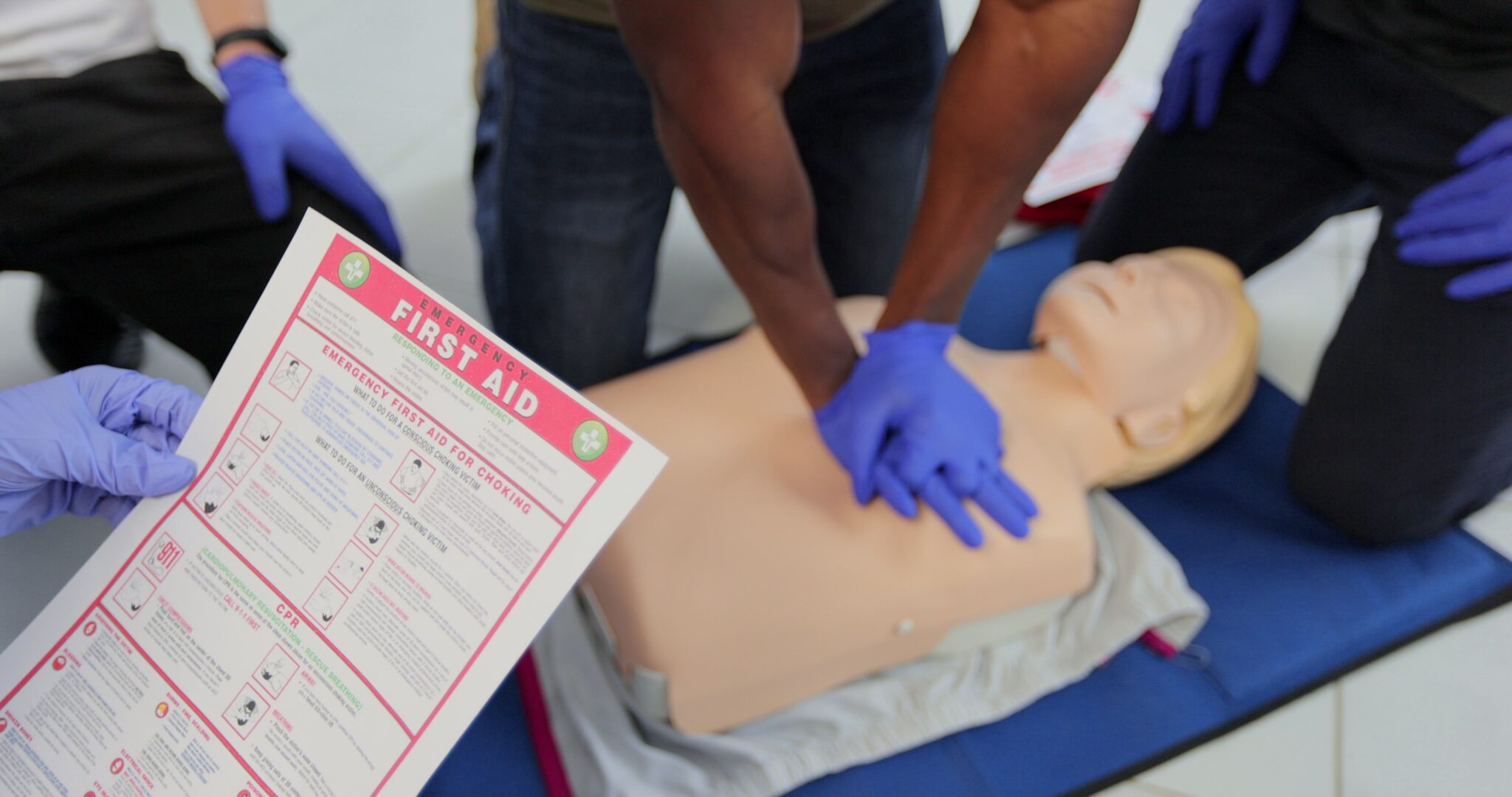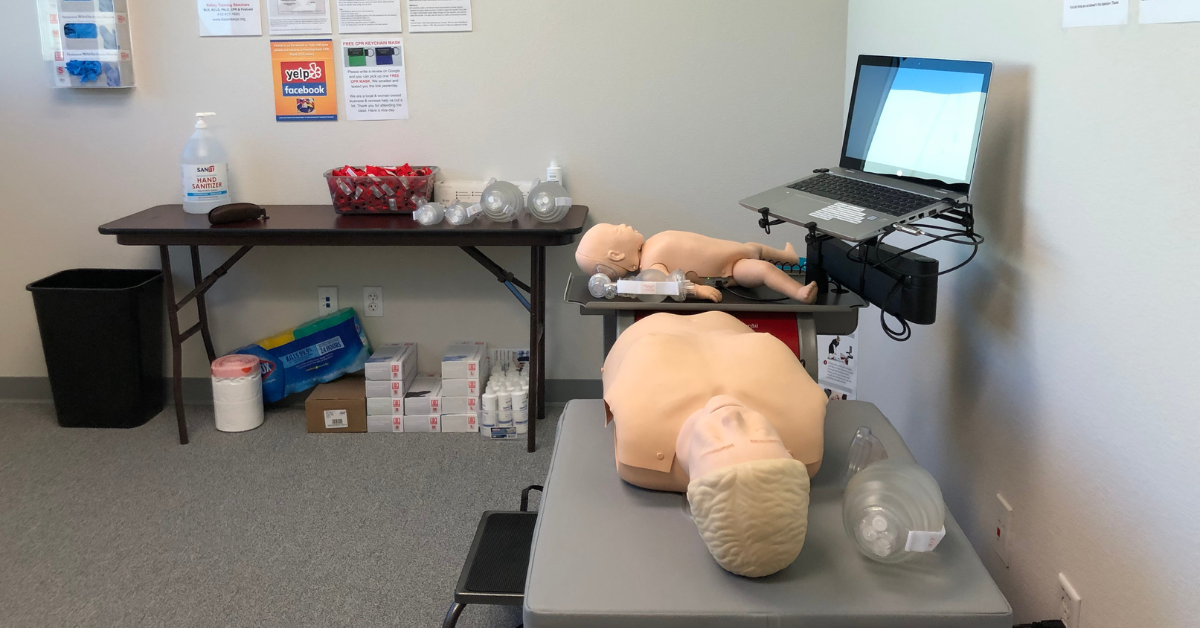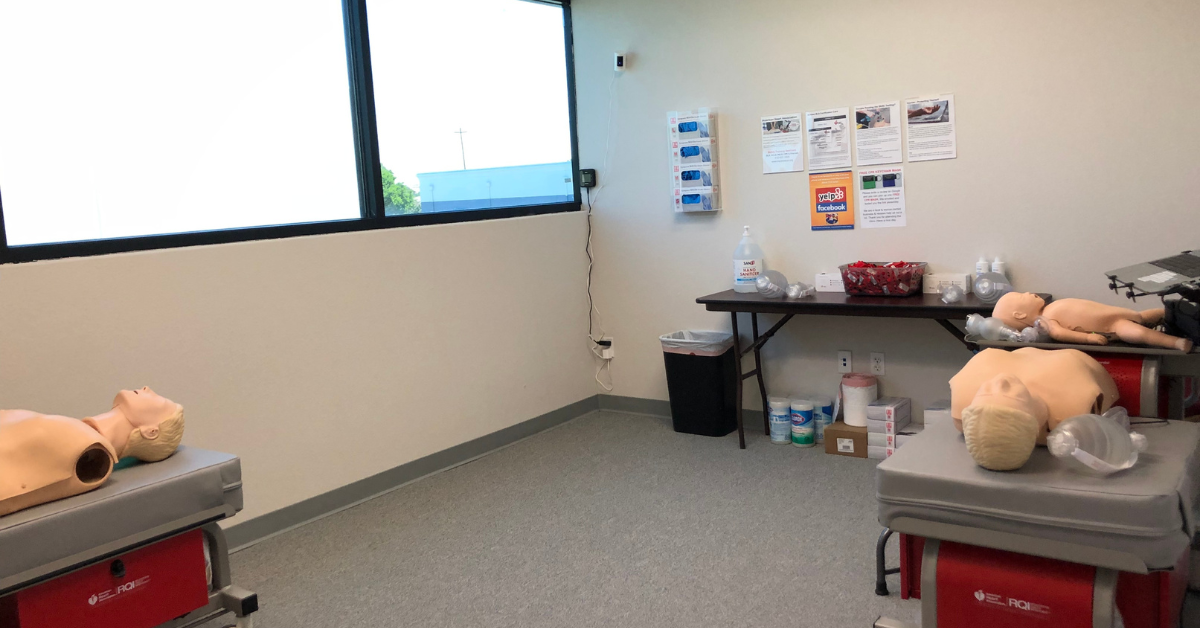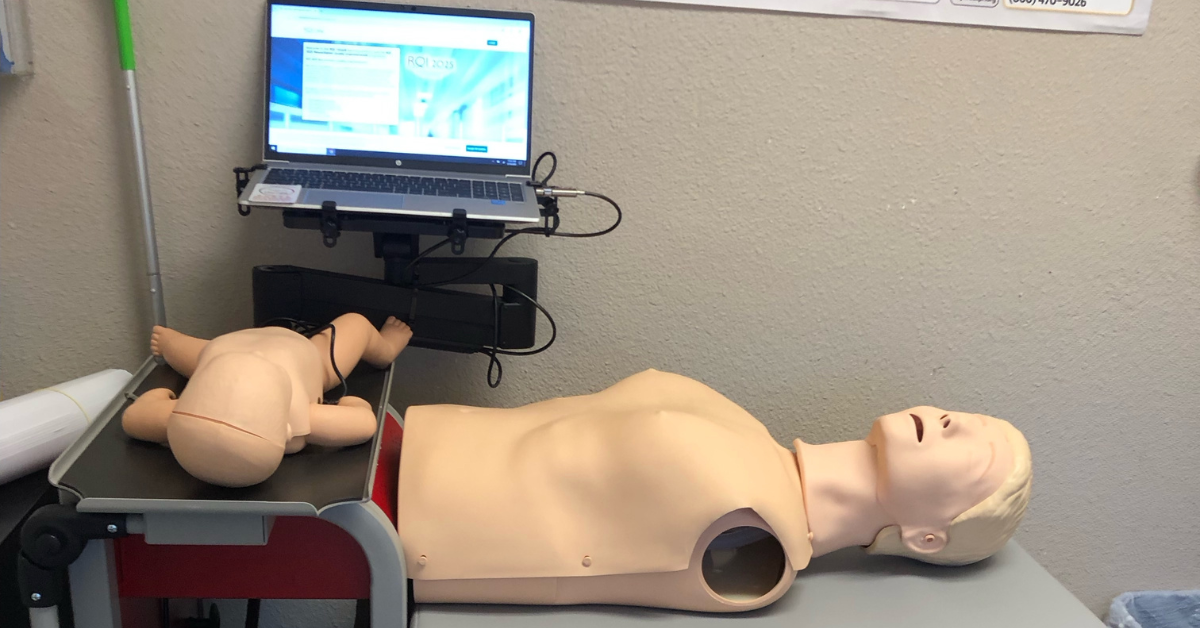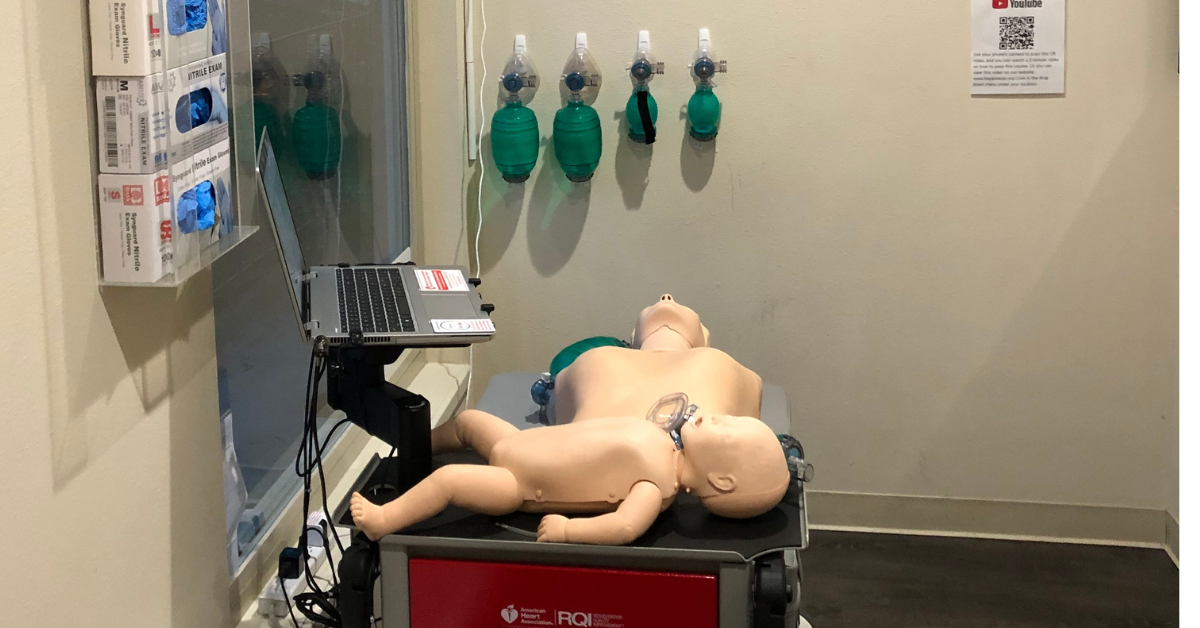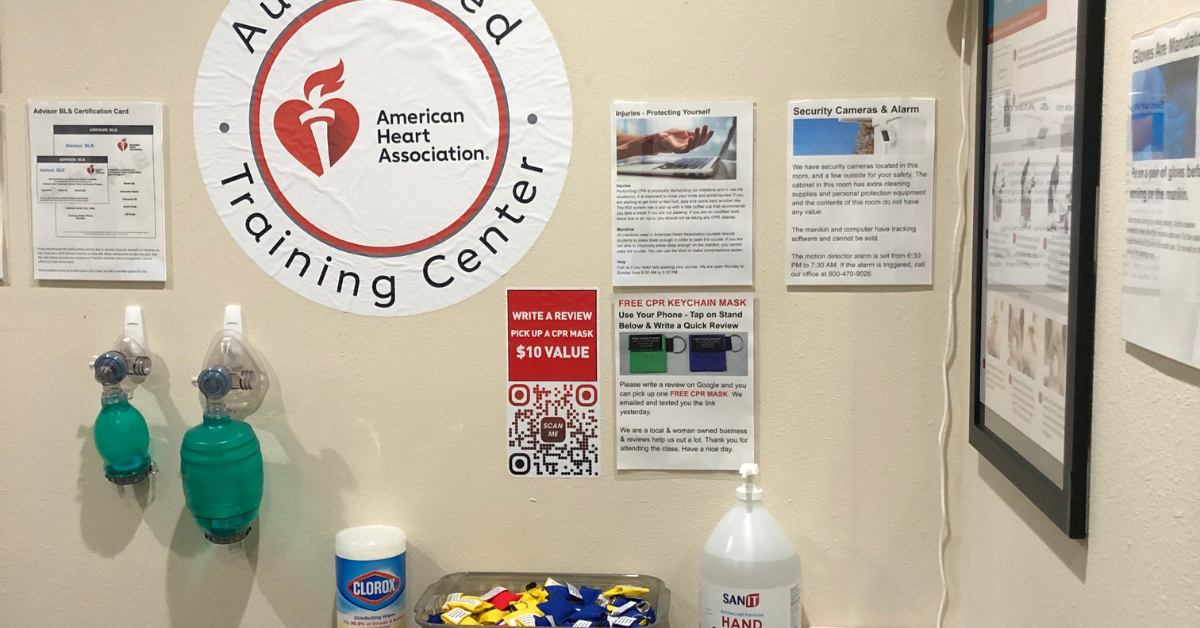Successfully passing your CPR certification class on the first try is essential for healthcare professionals, first responders, and anyone looking to gain life-saving skills. Preparation, focus, and understanding key concepts will ensure you feel confident during your training and testing. Whether you’re taking the class for professional requirements or personal growth, following these strategies will help you succeed.
Understanding CPR Certification Classes
Before diving into preparation strategies, it’s important to understand what CPR certification classes involve. CPR certification classes are designed to teach individuals how to provide emergency medical care for individuals experiencing cardiac arrest, respiratory distress, or choking. Classes typically cover:
- Basic Life Support (BLS) techniques
- Chest compressions and rescue breathing
- Use of Automated External Defibrillators (AEDs)
- Recognizing signs of cardiac arrest and respiratory emergencies
- Adult, child, and infant CPR procedures
Instructors guide students through hands-on practice, simulations, and a final assessment to test comprehension and skill execution.
Step 1: Choose the Right CPR Certification Class
Not all CPR classes are the same. To ensure your certification is recognized by your employer or organization, choose an accredited course through the American Heart Association (AHA). Safety Training Seminars offers high-quality CPR certification classes that provide official AHA certification cards valid for two years.
Types of CPR Courses
- Basic Life Support (BLS): Designed for healthcare providers and emergency personnel.
- Advanced Cardiovascular Life Support (ACLS): Focuses on advanced interventions for cardiac arrest and stroke.
- Pediatric Advanced Life Support (PALS): Teaches how to handle pediatric emergencies.
- Heartsaver CPR/AED: Designed for individuals in non-medical professions.
Select the course that aligns with your goals and professional requirements.
Step 2: Prepare Ahead of Time
Study the Course Material
CPR certification classes can be fast-paced, especially if you are taking a one-day intensive course. Most providers, including Safety Training Seminars, offer pre-course materials. These resources often include textbooks, videos, and study guides. Reviewing this material before your class will give you a head start.
Key Concepts to Focus On
- Compression-to-Breath Ratio: Understanding the correct compression-to-breath ratio for adults, children, and infants.
- Hand Placement for Compressions: Correct positioning of your hands is vital for effective chest compressions.
- AED Operation: Familiarize yourself with AED operation to ensure you can respond quickly and confidently during an emergency.
Practice at Home
While CPR is highly hands-on, practicing key techniques at home can improve muscle memory. Using a pillow or firm surface, you can simulate chest compressions to ensure you’re using the correct depth and rhythm.
Step 3: Arrive Prepared and Focused
What to Bring to Class
- Pre-course materials or study guides
- Comfortable clothing for practicing chest compressions and other hands-on exercises
- Notebook and pen for jotting down key points
- A positive mindset to stay engaged and absorb the material
Get Plenty of Rest
CPR certification classes often involve intense focus and hands-on practice. Arrive well-rested to stay attentive and perform your best during assessments.
Step 4: Actively Engage During Class
Ask Questions
If you don’t understand a technique or procedure, ask for clarification. CPR certification classes are designed to provide hands-on training, so take advantage of your instructor’s expertise.
Participate in Group Exercises
Group practice is common in CPR certification classes. Participating actively will improve your confidence and help you remember key techniques.
Focus on Feedback
Instructors will often provide immediate feedback during hands-on practice. Use this input to refine your technique and improve your performance during the final assessment.
Step 5: Master the Practical Skills Test
During your CPR certification class, you will be required to demonstrate CPR techniques on a mannequin. Follow these tips to excel in your skills assessment:
- Perform strong, steady chest compressions. Compress at least two inches deep for adults and 1.5 inches for infants, ensuring a steady rhythm of 100-120 compressions per minute.
- Give effective rescue breaths. Ensure you tilt the head back properly and provide visible chest rise with each breath.
- Use the AED confidently. Follow the voice prompts carefully and ensure all individuals are clear before delivering a shock.
Step 6: Ace the Written Exam
Most CPR certification classes include a written exam covering CPR theory, procedures, and AED use. To excel:
- Read each question carefully. CPR tests often include tricky wording designed to test your understanding.
- Focus on core concepts. Prioritize learning the steps of CPR, the chain of survival, and AED operation.
- Review sample questions. Many AHA resources include sample questions that can help you prepare.
Step 7: Utilize Memory Aids and Mnemonics
Memorization is key to recalling life-saving techniques under pressure. Here are some useful memory aids:
- C-A-B: For adults, children, and infants, remember “C” for compressions, “A” for airway, and “B” for breathing.
- 30:2: Recall the ratio of 30 chest compressions to 2 rescue breaths.
- FAST: When identifying a stroke victim, remember “Face drooping,” “Arm weakness,” “Speech difficulty,” and “Time to call 911.”
Step 8: Manage Test Anxiety
Feeling nervous before your CPR exam is normal. Combat anxiety with these strategies:
- Breathe deeply to stay calm and collected.
- Visualize success by mentally rehearsing your techniques before the test.
- Trust your training by reminding yourself that you’ve practiced and prepared thoroughly.
Step 9: Continue Practicing After Certification
CPR is a life-saving skill that requires regular practice to maintain proficiency. After earning your certification, consider:
- Practicing techniques periodically.
- Taking refresher courses before your two-year certification expires.
- Staying informed about updated CPR guidelines from the American Heart Association.
Enroll with Safety Training Seminars Today
Earning your CPR certification is an invaluable skill that empowers you to act confidently during emergencies. By choosing a reputable training provider like Safety Training Seminars and preparing thoroughly, you can pass your CPR certification class on the first try.
Safety Training Seminars offers high-quality CPR certification classes with official American Heart Association certification cards that are valid for two years. As a woman-owned AHA Training Center in Northern California, we provide BLS, ACLS, PALS, CPR, and First Aid courses. Our dedicated customer service team is available every day from 8 AM to 10 PM to answer your questions and ensure you receive the support you need.
For those in the San Jose area training is just around the corner—explore our upcoming sessions! Prepare for success by enrolling in a class with Safety Training Seminars today and gaining the skills to save a life!


